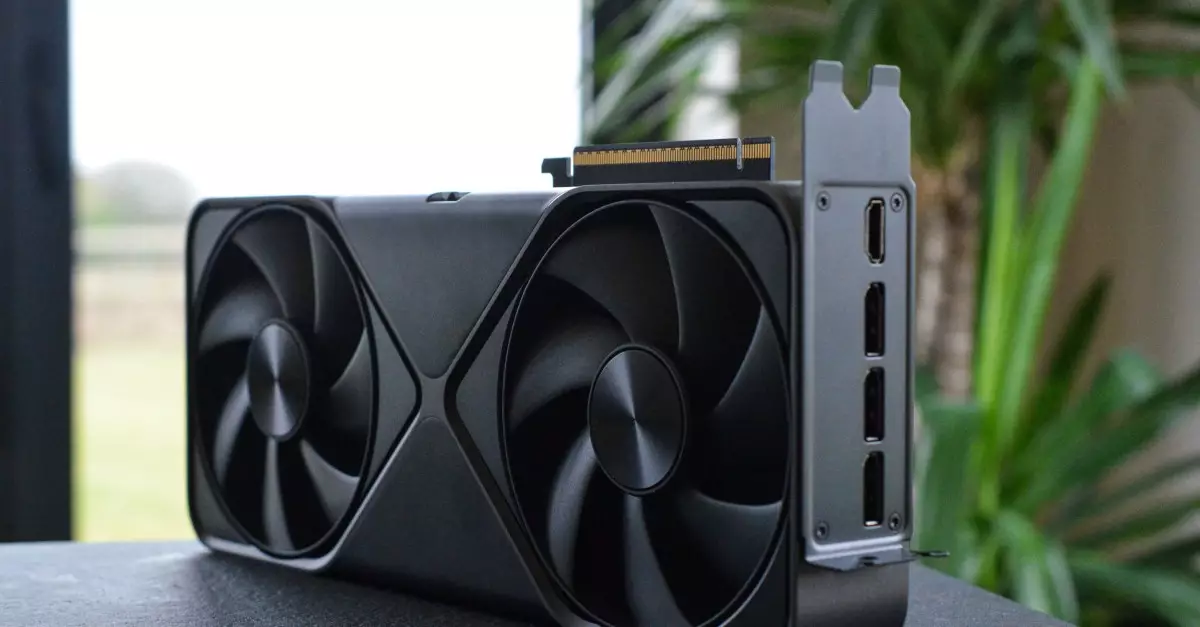The tech community buzzed with excitement over the launch of NVIDIA’s RTX 5090, which was touted as a groundbreaking addition to the market of high-performance graphics cards. Priced at $1,999, this card promised to deliver unprecedented gaming and rendering capabilities. However, excitement quickly turned to frustration as retailers began warning customers that restocks might not occur until April or even May, leaving many potential buyers disheartened.
The term “paper launch” has emerged in various discussions as an apt description of the situation. Enthusiasts eagerly lined up outside electronic retailers, only to encounter short supplies or, in some instances, an entirely absent inventory. Reports from Micro Center locations across the United States indicate that while some stores were fortunate to receive limited supplies, others had no RTX 5090 cards available at all. The disparity in availability raised questions about the effectiveness of NVIDIA’s supply chain management and inventory forecasting.
NVIDIA had previously cautioned potential customers about impending stock shortages, but the severity of these shortages surprised many. In particular, a Micro Center in Tustin, California, appeared to be the anomaly, as it received notable stock compared to its counterparts across the nation. Purchasers’ anecdotes paint a different picture, with multiple reports detailing individuals camping out for days only to leave empty-handed. In some cases, hopeful customers who waited in line received purchase vouchers instead of actual merchandise, a tactic used to manage overwhelming demand but ultimately resulting in discontent.
The public outcry was almost palpable, with users on platforms like Reddit documenting their grievances about the launch experience. One prominent gaming community known as Gamers Nexus reported that one of the biggest system integrators in the U.S. received only a single RTX 5090 on launch day—a startling statistic that highlights inadequate distribution. To counteract the demand, many retailers resorted to offering preorders for the RTX 5090, but this solution did little to mitigate disappointment.
The lack of stock has inadvertently fueled a thriving market for scalpers. Listings on platforms like eBay show RTX 5090 cards being sold at exorbitant prices, with rates climbing as high as $5,800. In one notable instance, popular YouTuber JayzTwoCents encountered this alarming trend when he stumbled across an inflated listing shortly after signing a card himself at the Tustin Micro Center. The speculative behavior surrounding the RTX 5090 serves not only as a barrier to entry for dedicated gamers but also taints the overall market with ethical dilemmas concerning fairness and accessibility.
As NVIDIA grapples with its supply chain issues, the future of the RTX 5090 remains uncertain. While the card has generated substantial anticipation and hype, the combination of limited stock, scalping, and a frustrated consumer base threatens to overshadow its technological achievements. It is evident that for NVIDIA to reap the benefits of a successful launch, a more robust strategy for supply and distribution is essential, as the current scenario strains both brand reputation and customer trust.

